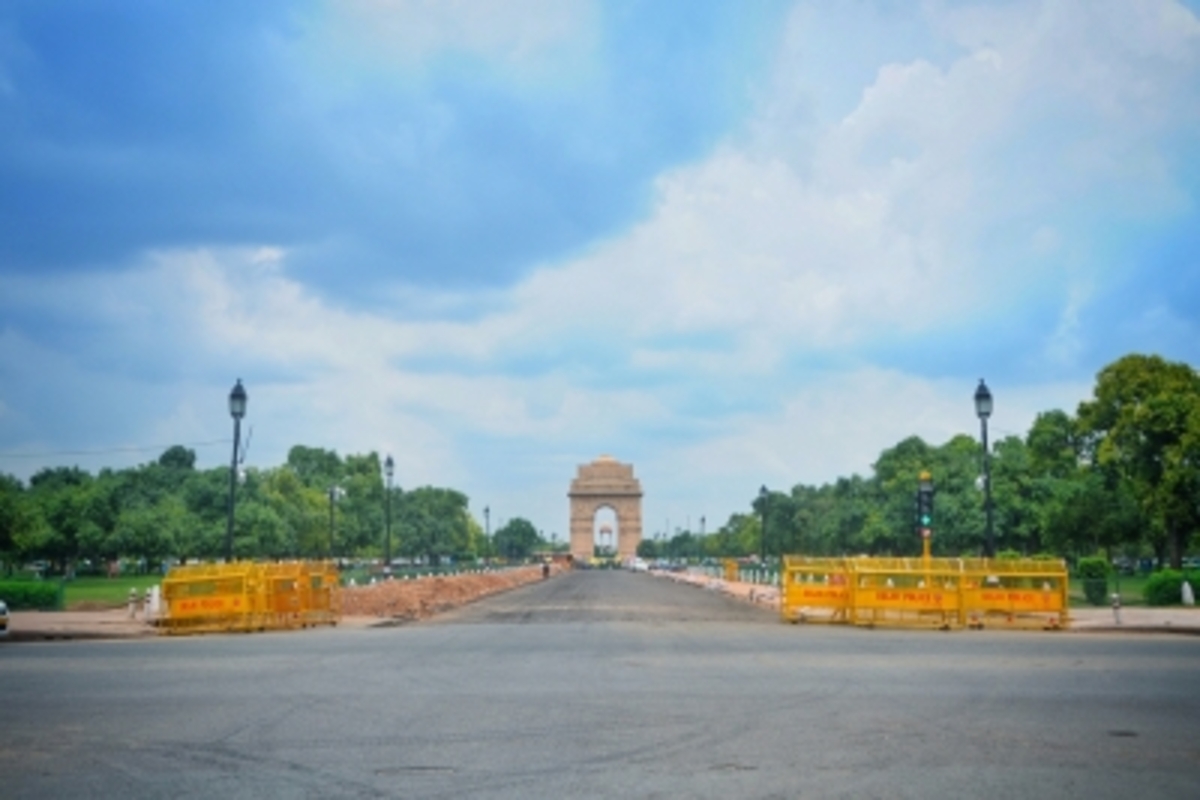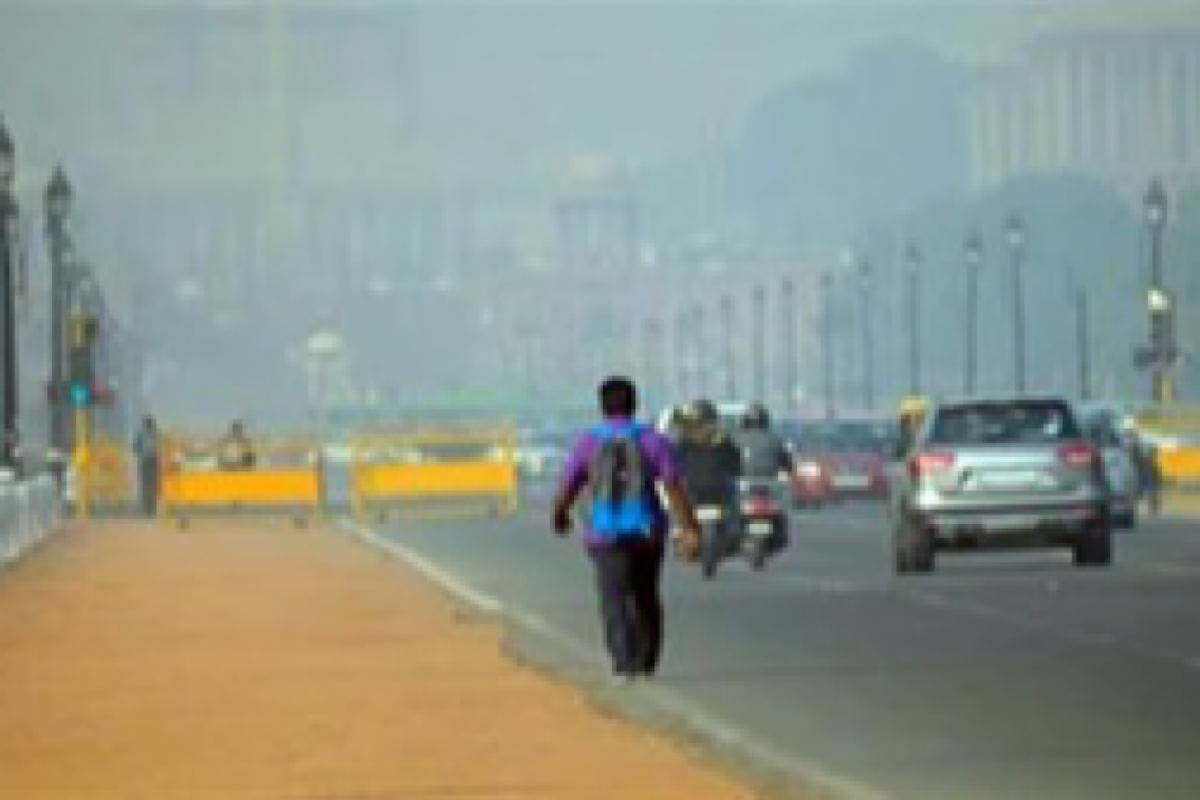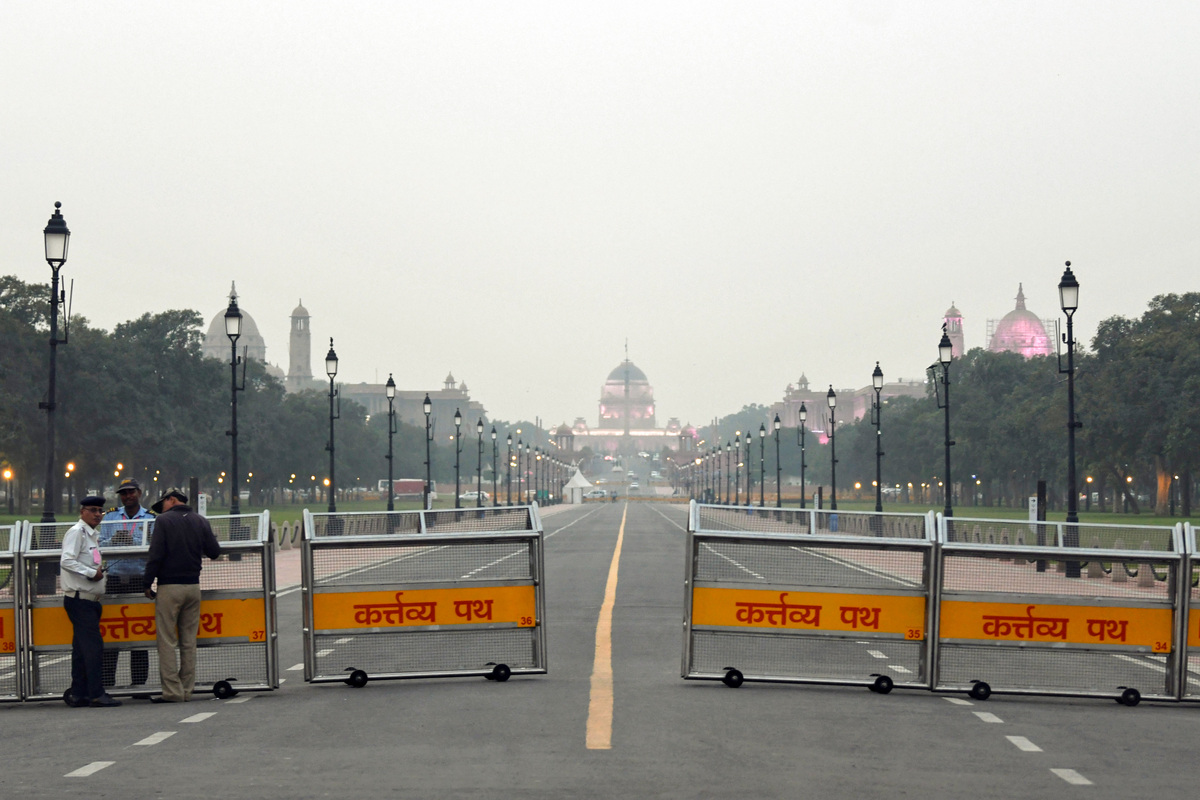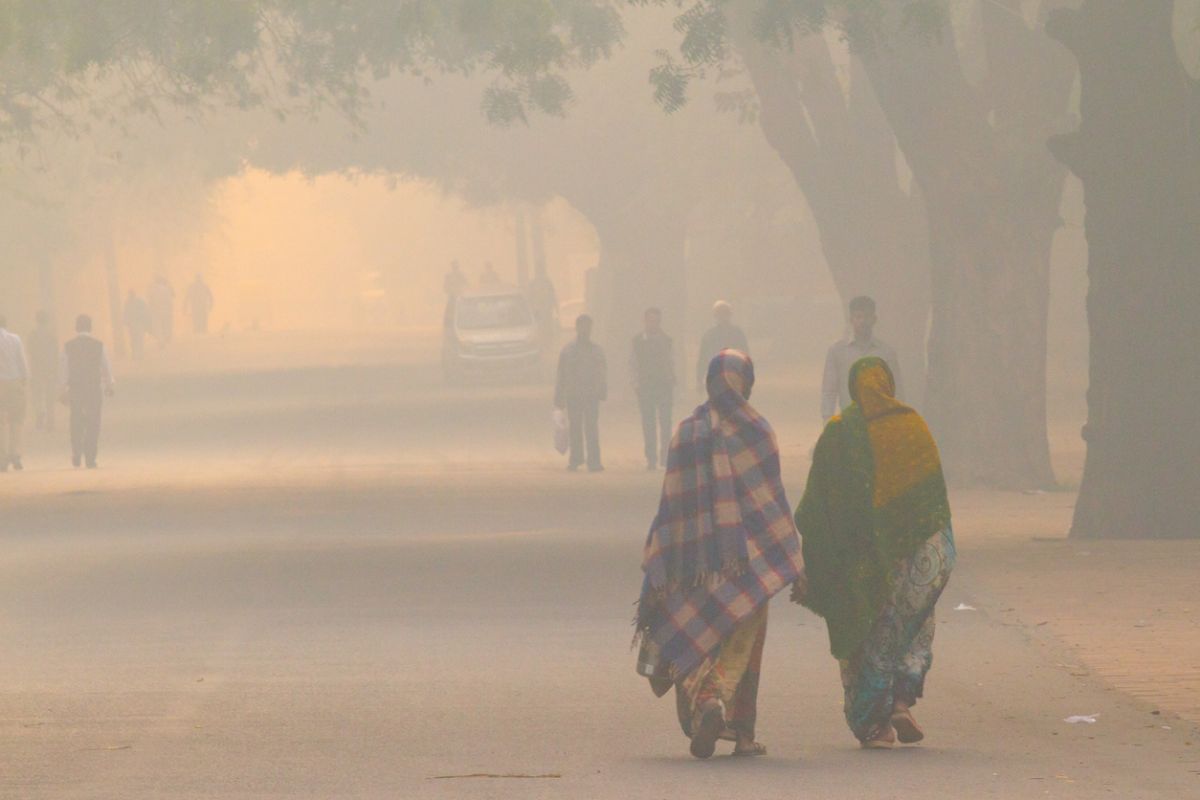Delhi: Sunny sky and soaring temperatures
Delhi woke up to a sunny Friday morning with clear skies and rising temperatures, reaching a high of 32.3°C, according to the India Meteorological Department (IMD).

Delhi woke up to a sunny Friday morning with clear skies and rising temperatures, reaching a high of 32.3°C, according to the India Meteorological Department (IMD).

IMD forecasts indicate that temperatures are set to rise further in the coming days, potentially reaching 40 degree Celsius in the upcoming week.

Delhi recorded its lowest Air Quality Index (AQI) of the year on Friday, with an average AQI of 121, according to the daily AQI Bulletin released by the Commission for Air Quality Management (CAQM).

Delhi is experiencing a rise in temperature, with the maximum temperature expected to reach 27.5°C and the minimum at 10.7°C. The sky will remain clear with no chances of drizzle.

Delhi was shrouded in dense fog as a cold wave gripped the city on Saturday morning. As the harsh winter continued many homeless people were seen staying at night shelters.
A delegation from Bhutan, headed by Minister of Energy and Natural Resources, Gem Tshering met Union Minister of State for Environment, Forest and Climate Change Kirti Vardhan Singh in New Delhi.
In an era where environmental awareness is paramount, IEMA Research & Development proudly announces the launch of the IEMA Enviro Sense, a cutting-edge Smart Weather and Air Quality Monitoring System designed to transform how we perceive and respond to our surroundings.
Local emissions and inefficient combustion of various fuels play a significant role in the poor air quality and associated health risks in North India, a new research has shown.
The forecast by IMD/ IITM also indicate the average AQI of Delhi to stay in 'Moderate/Poor' category with light rain/ drizzle expected in the coming days.
At least thrice this winter, the government acting through the Committee on Air Quality Management imposed restrictions on operation of those diesel and petrol vehicles in Delhi and the National Capital Territory region that were manufactured under emission norms current on the day they rolled out of factories but which have been overtaken by more stringent standards.
